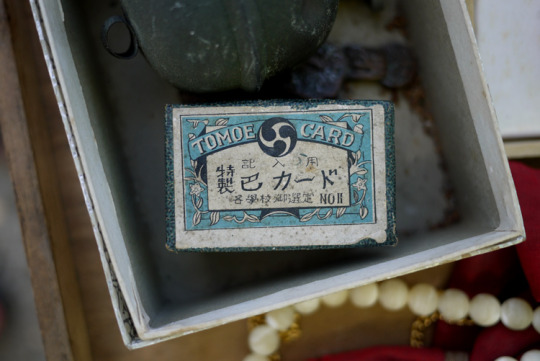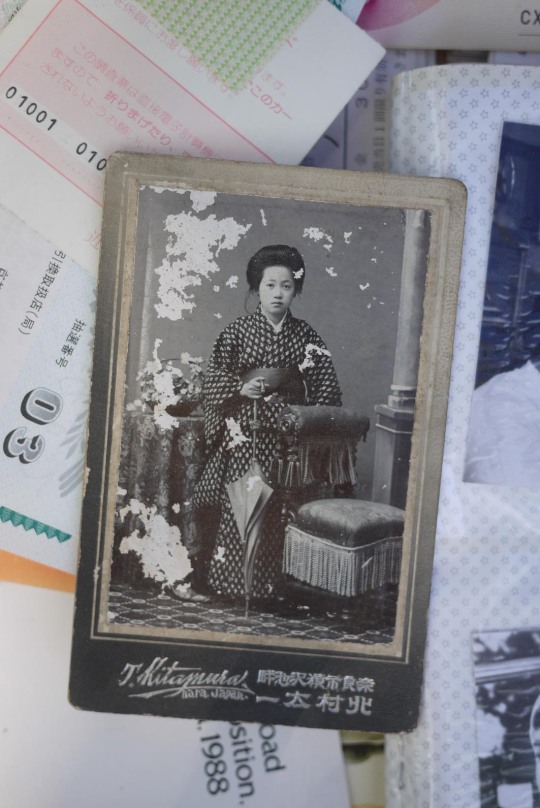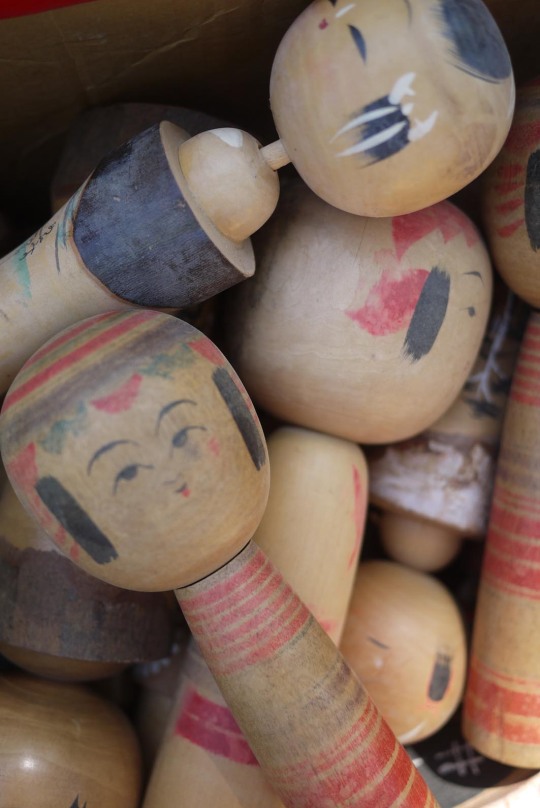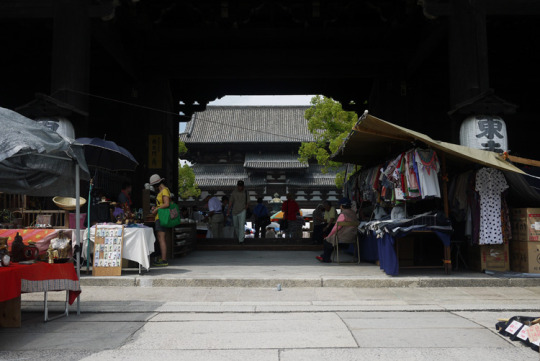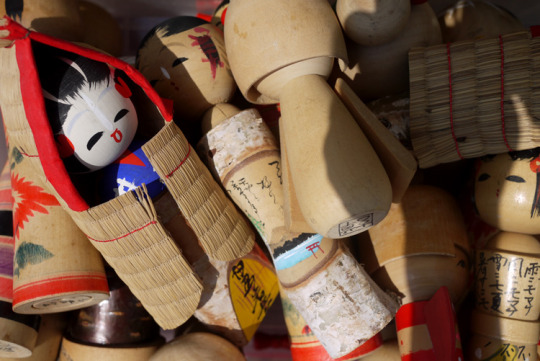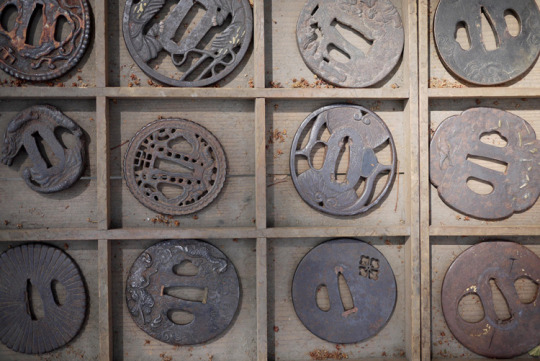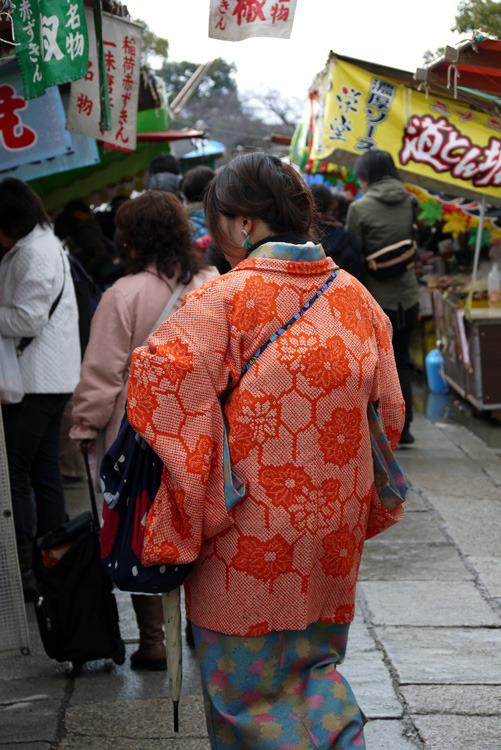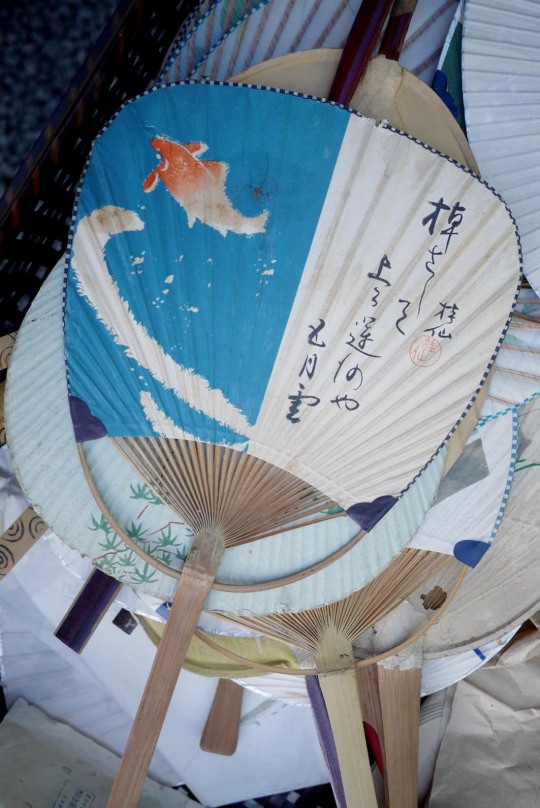#gallery-1 {
margin: auto;
}
#gallery-1 .gallery-item {
float: left;
margin-top: 10px;
text-align: center;
width: 100%;
}
#gallery-1 img {
border: 2px solid #cfcfcf;
}
#gallery-1 .gallery-caption {
margin-left: 0;
}
/* see gallery_shortcode() in wp-includes/media.php */
CRAFT: Hunt for Treasure at a Shrine Market
Flea market fanatics visiting Japan should make their way to the nearest shrine, where on dedicated days each month many open their gates to shoppers, filling the grounds with market stalls selling everything from street food to antiques and collectables.
Here are our top tips for navigating Japan’s famous shrine markets.
1. Time your trip. Whether it falls on a weekend or a weekday, most shrine markets take place on the same date every month so be sure to time your trip accordingly. There are hundreds of markets across Japan, but some of the biggest and best are listed on the JNTO website.
2. Get there early. As with any market, early birds enjoy the pick of the sale. Shrine markets tend to open at sunrise, so time your visit depending on the season and fill your shopping bags before the crowds descend.
3. Shop around. Shrine markets offer the chance to pick up beautiful Japanese antiques at incredible prices, but be sure to shop around before selecting your souvenir. Many stalls sell similar items, whether that’s kimono, books or boro so be wise and visit a few before making a purchase.
4. Avoid haggling. Unlike other countries, items for sale at Japanese markets are sold as priced. Whilst you might be offered a small discount for multiple purchases, haggling isn’t generally well received, so pay the price advertised and be grateful for the stress-free experience.
5. Soak up the surroundings. Be sure to take a break from shopping to appreciate the scenery – markets have been held in Japanese shrines for hundreds of years, making them unique in their historic settings. And whilst you’re taking a pitstop, we recommend refuelling with a hot okonomiyaki pancake which can usually be found amidst the food stalls.
